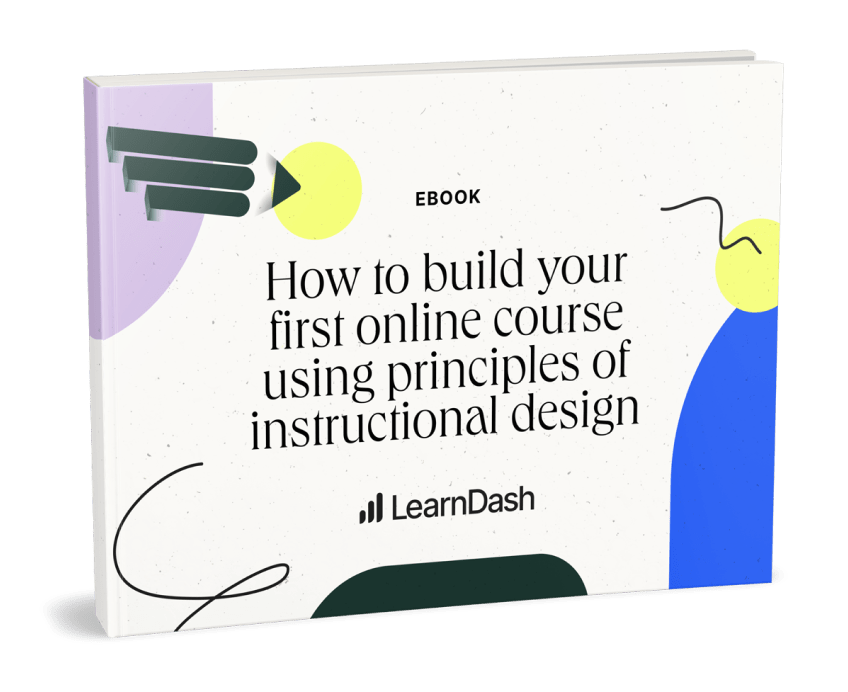
Technology for E-Learning: What You Need
To be a successful e-learning instructor, you need to know your way around technology.
Anyone who’s spent any time reading about the e-learning industry knows that online courses and traditional classrooms use very different technological tool kits. While new technology is slowly making its way into the classroom (most instructors use PowerPoint slides rather than chalkboards), other innovations have yet to find their place (laptops in lecture halls are still a distraction more than a learning aid).
Because of this, if most of your teaching/learning experience comes from a traditional classroom environment, you may not be as familiar with some of the technological tools available to you as you launch your online course.
If you’re new to online education and wondering where to start, here are some of the basic technology tools you should master as you prepare your first course.
1. Cloud-sharing and live document editing.
If you rely on email to send documents back and forth or collaborate on projects, you’re likely to become inundated with messages in short order. That, and you’ll be more likely to lose documents as your inbox fills.
Instead, a file sharing platform helps to centralize and organize documents for you and your learners. You can create folders for course content to share with learners. You can adjust viewing and editing permissions as necessary. And you can even have learners work together on the same document in real time.
Of course, my first pick for this is Google’s G-Suite of services. Google Drive allows you and your learners to easily share documents in a central location, while Google Docs, Sheets, and Slides allow multiple users to access and edit the same document at once. And all it takes to set up is a Gmail address.
2. Video and sound editing.
Online video content does best when it falls into a comfortable middle-ground of just casual enough not to have a huge production budget, but not so casual as to be unprofessional.
On the one hand, your lecture videos do not have to be perfectly-polished productions. But neither should you be filming them in your bedroom from your laptop camera. If you plan to appear in your course videos, invest in some good lighting, and use a lavalier microphone to make sure you get good audio for your video.
That said, if you don’t want to go through the trouble of shooting your own video, you can deliver course content via slides instead. You will still need a good microphone and some basic sound editing skills, but the results are easier to control.
3. Video calling and webinars.
Most online courses are delivered asynchronously—meaning the materials are prepared in advance and learners consume them at their leisure. But there are occasions where learners may want to speak with you—or with each other—via video call.
To make this experience as smooth as possible, test whatever video conferencing platform beforehand so that you’re comfortable using it. Practice using the screen share mode, using chat and mute functions, and inviting multiple guests. And be ready to work with your learners if they’re having trouble using the technology on their end. Even if you know how to use the program, you should be ready for a learner who is less familiar with it.
If you know how to use video calling, hosting a webinar is an easy next step. Webinar hosting software can usually accommodate more guests than your typical conference call, and provides more controls for the webinar host. Again, make sure you test everything out ahead of time so that you feel comfortable with the program before you go live.
4. Social media.
Social media intersects with online learning on several fronts. First, social media is a popular marketing tool for you to spread the word about your program. You can raise awareness for your course, re-engage with graduated learners, and open a PR channel for anyone who wants to complain about or (hopefully) compliment your course.
Second, social media is a way to deliver content. Not only can you deliver educational material via social media, you can use it as a discussion platform. And, social media allows you to do this on a platform where you learners probably already spend substantial amounts of time.
Finally, you can create assignments for your learners to complete via social media. Ask them to write and share a series of blog posts. Have them put together an idea board on Pinterest. Or have them ask and answer a certain number of questions on Quora. Whichever platform you choose, make sure you know your way around it well enough to guide your learners.
Technology is a means to an end, not the end itself.
There are many other fabulous technological tools for e-learning, and more are being developed each year. But like so many new and exciting things, they’re only worth your time if they aid your course.
There is no reason to incorporate a tech tool simply because it exists. Unless it adds value to your course, including it will probably just distract from your main goal.
For instance, social media is one of the big trends these days, and many online educators have developed creative and insightful ways to incorporate social media into a course in a meaningful way. But that doesn’t mean every course needs to have a social media-based project.
The same can be said of any new technological tool, from video to gamification. If it doesn’t align with your course objectives, including it will be no more than a gimmick.
However, the more comfortable you are with the technological tools available to you, the more likely you will be able to incorporate them effectively into your course. If you feel uncertain about how to use some of these technologies, setting aside time to become more familiar with them will help you discover if they’re a good fit for your course.

LearnDash Collaborator
@LearnDashLMS







